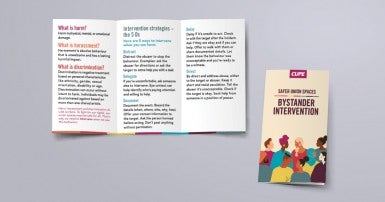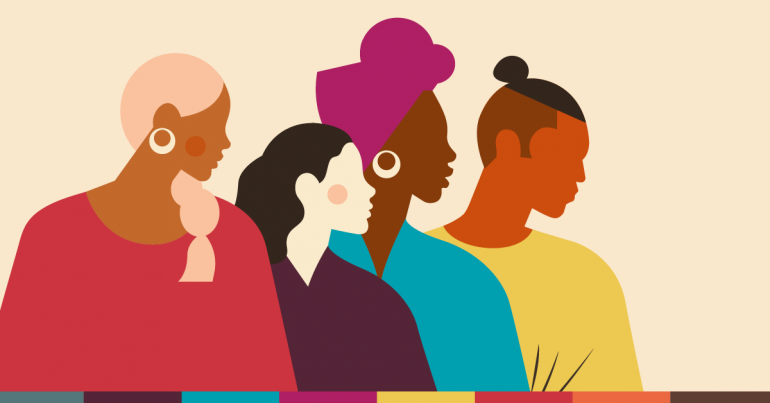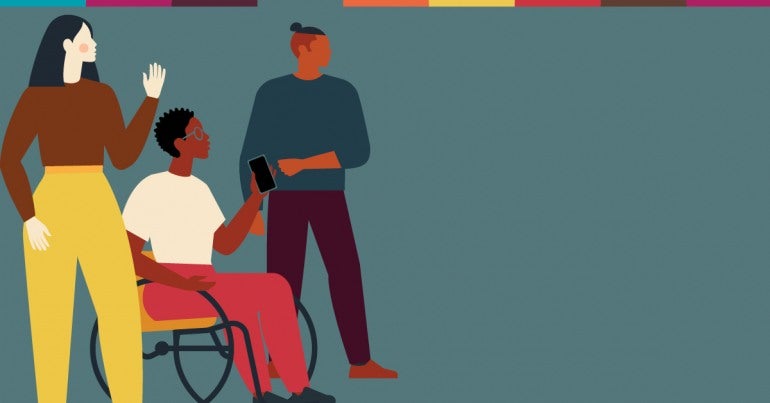
What is harm?
Harm is physical, mental, or emotional damage.
What is harassment?
Harassment is abusive behaviour that is unwelcome and has a lasting harmful impact.
What is discrimination?
Discrimination is negative treatment based on personal characteristics like ethnicity, gender, sexual orientation, disability or age. Discrimination can occur without intent to harm. Individuals may be discriminated against based on more than one characteristic.
Harm, harassment and discrimination divide workers. To fight for our rights, our union spaces must be safe for all. That’s why we need to intervene when we see this behaviour.
Intervention strategies – the 5 Ds
Here are 5 ways to intervene when you see harm:
- Distract
Distract the abuser to stop the behaviour. Examples: ask the abuser for directions or ask the target to come help you with a task.
- Delegate
If you’re uncomfortable, ask someone else to intervene. Eye contact can help identify who’s paying attention and willing to help.
- Document
Document the event. Record the details (when, where, who, why, how). Offer your contact information to the target. Ask the person harmed before acting. Don’t post anything without permission.
- Delay
Delay if it’s unsafe to act. Check in with the target after the incident. Ask if they are okay and if you can help. Offer to walk with them or share documented details. Let them know the behaviour was unacceptable and you’re ready to be a witness.
- Direct
Be direct and address abuse, either to the target or abuser. Keep it short and resist escalation. Tell the abuser it’s unacceptable. Check if the target is okay. Seek help from someone in a position of power.
Safety first!
Prioritize safety for you and others when deciding how to respond.
For more information, sign up for our 3-hour bystander intervention course and read the report of the Safe Union Spaces Working Group on cupe.ca.




